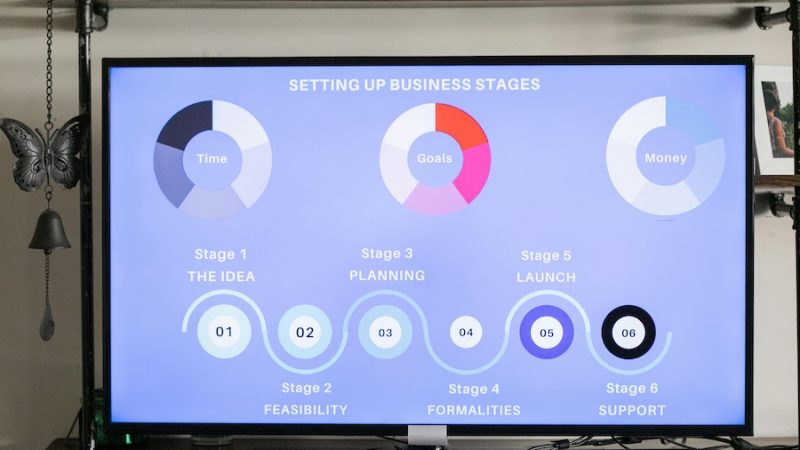The Top 10 Executive Resume Mistakes from Direct Placement Specialists
I have been looking at executive resumes for years, first as an HR VP managing the recruitment process and then more recently in my role as President of Blue Sky Resumes. Over the years, I’ve seen executive candidates make many of the same mistakes over and over again, mistakes that cost them great opportunities, and yet are easily rectified.
I’ve boiled the list down to my top 10 and I hope it helps you to refine your own resume so that it truly communicates your unique value.
Mistake #1: No clear title
A strong executive resume starts with a concise headline describing what you do (e.g. Marketing executive, sales leader etc). Without this, recruiters have no idea what roles you might be a fit for, and your resume will often be overlooked.
Mistake #2: Dense, hard-to-read summary section
It’s common for executive candidates to feel that big words and long sentences are necessary to convey seniority and gravitas. In fact, they just put a barrier between you and the reader. Instead, use simple clear language and short punchy sentences.
Mistake #3:Resume introductions that try to say too much
As a successful executive, you have many skills and many selling points. But if you try to include them all at the start of your resume, you will wind up with a long, hard-to-read summary that recruiters skip altogether. Instead, decide on your 2-3 key selling points and make those the centerpiece of your resume. Here’s more on how to start your resume with a bang.
Mistake #4: Missing keywords
Many resumes are scanned by computers prior to a human ever seeing them. This is especially true of executive recruiters who maintain large databases of candidates, and then scan those databases for keywords when a new opportunity arises. To be found, your resume must contain all the important words and phrases used in your profession or industry.
Mistake #5: Too much detail
You might think that you need to include a lot of detail in order to show the level of your experience and to convey your executive responsibilities, but almost all executive resumes can be edited down without losing any power and impact. For example, if you run a £300 million business division with 150 staff and hold full P&L responsibility, there’s no need to spell out that you are responsible for hiring, firing, motivation etc (we know!) or that you work closely with the CFO (we know!) or that you develop strategic plans (of course you do!). When it comes to executive resume writing, less is almost always more.
Mistake #6: Too much focus on job descriptions
Many executives spend far too much time describing their responsibilities and not enough time talking about what they achieved in the role. As a rough guide, I recommend using 3-4 times as much space for your accomplishments as you use to describe your job responsibilities.
Mistake #7: Not being specific about accomplishments
Don’t just say that you turned the business around – give the context (how bad were things before?) and the improvement. Use either numbers or percentages (choose whichever sounds most impressive) to emphasize the impact you made. For example: “Turned around under-performing company, transforming 10% sales decline into 32% increase in just 15 months.” (Here’s more information on creating effective bullet points).
Mistake #8: Not including a LinkedIn profile URL
In this day and age, a LinkedIn profile URL is vital. It shows recruiters that you are on the ball and well-connected, and – when done well – your profile provides them with more information about you and your career, as well as some insight into your personality. If you are not on LinkedIn, recruiters will tend to assume that you’re not tech-savvy and this is particularly damaging if you are over 50 and at risk of age discrimination. (Learn all you need to know about creating a good LinkedIn profile here).
Mistake #9: One-size-fits-all
Do you customize your resume every time you apply for a position? If not, you’re missing valuable opportunities to appeal to your target employer. Scour the job description for clues as to what’s most important and then customize your resume to address those issues.
Mistake #10: Formatting issues
Keep your resume formatting simple because too many fancy tricks can render it unreadable when it’s scanned by a computer system. Likewise, be sure to create your resume in MS Word – don’t send a version created in Mac Pages, for instance, because the formatting will not stay consistent when opened at the other end. And don’t rely on PDF files because many computer systems cannot store or scan them for keywords.
It’s amazing how common these errors are.
You might assume that most people at the executive level have a very strong resume, but actually the opposite is true. Most executive resumes are appallingly bad to put it bluntly. But this gives you a huge opportunity to shine. If you want to revamp your resume to really tell your story, feel free to sign up for our free resume writing course. We never share your details or send you spam – just a series of emails outlining some of my very best resume tips. I hope it helps!










